Starting and Sustaining a Blog for Global Understanding can provide an understanding of your classroom, community, country, culture, ideals, experiences and learning within and beyond the classroom. Before I connect with others, I want to know more about them – are they genuine, who are they, what are they about, do I want to maintain contact etc? Therefore, I look for their blog or other online space for more information. This becomes important as we become more globally connected.
Blogging is an essential, user friendly, online space that teachers and classrooms should use as it offers a rich learning space and enables ongoing conversations through comments. It enables customized learning. Starting and Sustaining a Blog for Global Understanding was one of my workshops for “Supporting the Challenge” at the recent Flat Connections Conference in Sydney. See the actual presentation below and read further for my notes on this presentation. A resources document has been set up. Please add to it, if you have suggestions.
Some of the popular blogging platforms include edublogs, wordpress, blogger, kidblog. My personal preference is for edublogs (the pro version or a campus) as they provide ready advice, offer some great support materials and online resources and enable the use of multi-media which is essential for global understanding when language differences may be a challenge. Edublogs pro also allow movies and podcasts to be directly uploaded without the need to embed code from eg youtube, vimeo etc.
To get started a blogger will need to understand the nature of posts, pages, links, widgets, hyperlinks, categories tags and the necessity for an “about me or us” page (an essential ‘handshake’ to foster initial interest and encourage ongoing connections and reading)
Comments
Comments enable ongoing conversations, provide a base for discussion and enable ongoing learning. Readers can ask questions, seek clarification and share their own knowledge and resources. A blogger needs to know what ‘good’ comments look like and how to moderate them.
Media
Embed media including sound, images and videos wherever possible to supplement or replace text. Images ‘speak 1000 words’ and where languages may not be the same, will show and share so much to provide for global understanding. Stories can be shared in images, videos, sound stories and animated slideshows. Youtube and vimeo videos can be embedded to reflect where you live and learn or links to videos provided.
Widgets for global understanding
Following are some widgts that could be added to theblog sidebar
- Clustrmaps, flagcounters to motivate and show the location of readers. They can be used to also teach statistics, the location of countries and the flags of different countries
- Clocks – eg clocklink provides learning re time zones, days and dates. A countdown clock eg Countdown or Create a Countdown will alert to upcoming cultural and religious festivals, school holidays etc. A time convertor eg world time buddy will help with the ever challenging time zone differences.
- Weather – eg willy weather or weather add gadget provide a global perspective on weather conditions
- Translate widgets – google, bing to allow posts to be interpreted across languages. Learn how to translate blogs even when widgets are not present
- Flickr – eg flickr slidr will show the latest photos shared on flickr on the sidebar showing what it looks like in your classroom, community or country
- A blogroll can share blogs that your classroom might be connected to or that might be of interest from global classrooms, communities or teachers
- Twitter – enables a feed of tweets to be shared
- World news widgets eg reuters
Some advanced features
- Embed the code from powerpoint presentations that have been uploaded to slideshare.
- Vokis – can be used to introduce yourself in your native language
- Embed google maps complete with pins that share global collaborations, images and explanations in text. See Skippy’s blog post (manouvre it till you see her pins)
Consider the following:
- The use of mobile apps for blogging on the ‘fly’ or quickly sharing images, podcasts and videos
- Choosing a theme that suits mobile reading
- Taking part in the student blogging challengeJoining a quadblogging group
- Some countries may block blogging sites
Tips:
- Post regularly
- Read other blogs
- Comment on others’ blog posts
- Share new posts on social media eg twitter, facebook etc Use global hashtags eg #globalclassroom #globaled etc
- Let your blog take direction over time
Useful resources from Edublogs
What suggestions might you have to add to this topic? Please add as a comment below this post.


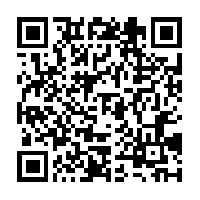







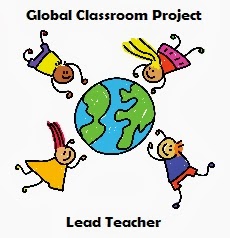

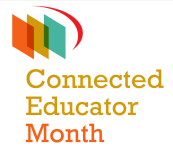
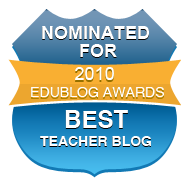



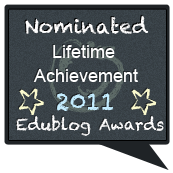
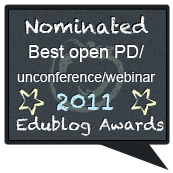
 Twitter/murcha
Twitter/murcha Del.icio.us/murcho
Del.icio.us/murcho GMail/Anne M
GMail/Anne M Blog/Anne M
Blog/Anne M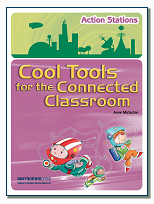
Pingback: Starting and Sustaining a Blog for Global Under...
Pingback: Starting and Sustaining a Blog for Global Understanding | On an e-Journey with Generation Y | Digital Education: Trends, Tools and Mindsets
Pingback: Letter to a New Teacher Blogger: Getting Started
Pingback: Blogging is “not dead”! | On an e-Journey with Generation Y